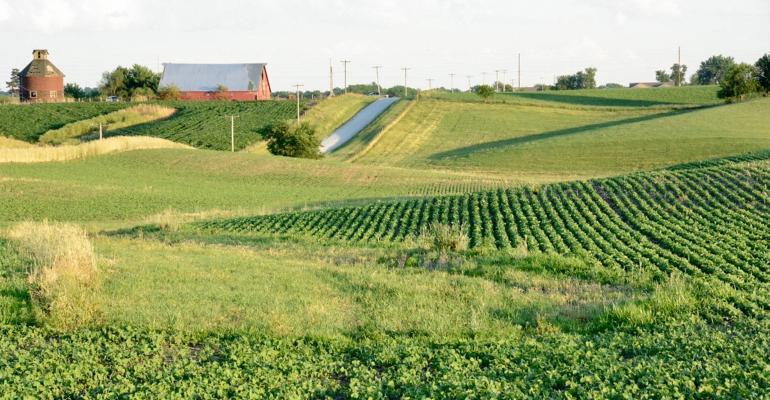July 17, 2019

A while back I wrote about Squanto, the first agronomist in the Americas. After reading the article, someone expressed surprise at the level of agriculture practiced by early American Indians.
It’s true some tribes subsisted on hunting and gathering, but many practiced extensive agriculture. There were many wild plants that were easily gathered, but even back then, it was more efficient to grow valuable food plants close to home. Here in the Midwest, native peoples cultivated plants such as sunflowers, sweet potatoes, goosefoot and sumpweed. But the big three ag crops were corn, beans and squash. These three plants were highly regarded and often referred to as “the three sisters.”
In the hands of people, these three types of plants showed remarkable adaptability and were considered a sacred gift from God. We’re still not 100% sure if corn developed from a natural crossing of native grasses or if humans played a role, but once it got here, we learned the amazing things corn could do.
Certain types of corn could pop. Others were good for grinding into flour. Some were good for eating fresh, and some could be stored for long periods of time. This versatility meant corn could be used nearly all year.
Same with squash. You could eat the soft-fruited varieties in spring and summer. Later in the year, firm-fleshed squashes, pumpkins, could be used fresh or dried. And some even harder-fleshed varieties could be stored well into winter. Beans had that same variability that led to year-round utility.
Furthermore, when planted together, these three plants have an almost symbiotic compatibility. The broad leaves of squash provide weed suppression with their shade and create a more hospitable microclimate for the soil underneath. Squash flowers also attract pollinators to bean plants.
Residual nitrogen fixed by beans is readily used by corn. The cornstalk serves as support for the climbing beans. While these crops weren’t always planted together (planting and harvesting are labor-intensive), this technique was effective in providing a variety of essential foods for small fields and garden plots.
These crops all originated in Central and South America. Keep in mind, our area here was dominated by ice and snow 25,000 years ago. But when that ice sheet melted, people moved into the new land, bringing their successful southern crops with them.
There is one other major plant group, the solanaceaes, that also had origins in the Americas, but it didn’t quite get “sister” status — maybe more of a wicked stepsister. This group includes tomatoes, potatoes, peppers, eggplants and tobacco.
Because some varieties of this family are poisonous (think nightshade) and some peppers are really hot, they didn’t catch on as quickly with Europeans. When they did catch on, they really took off. It’s hard to even imagine those rich tomato-based sauces weren’t always part of Italian cuisine or that potatoes weren’t always an Irish staple.
I rather like spicy peppers, so maybe calling them a wicked stepsister is too harsh. Maybe peppers were simply rebellious, misunderstood and underappreciated.
Other regions of the world have their own remarkable crops. The brassicas are a diverse crop family, including mustards, cabbage, cauliflower, radishes and turnips. Major crop grains such as wheat, oats, barley and rice also originated on other continents.
It’s important to know where our crops came from and how they developed for use in our modern ag economy. It’s also important that we respect and preserve the gift. You only have to look as far back as the 1970s, when scientists had to dip back into the corn gene pool to combat leaf blight found in our modern hybrids.
Dozier is the Illinois state conservationist. Direct comments or questions to [email protected].
About the Author(s)
You May Also Like




